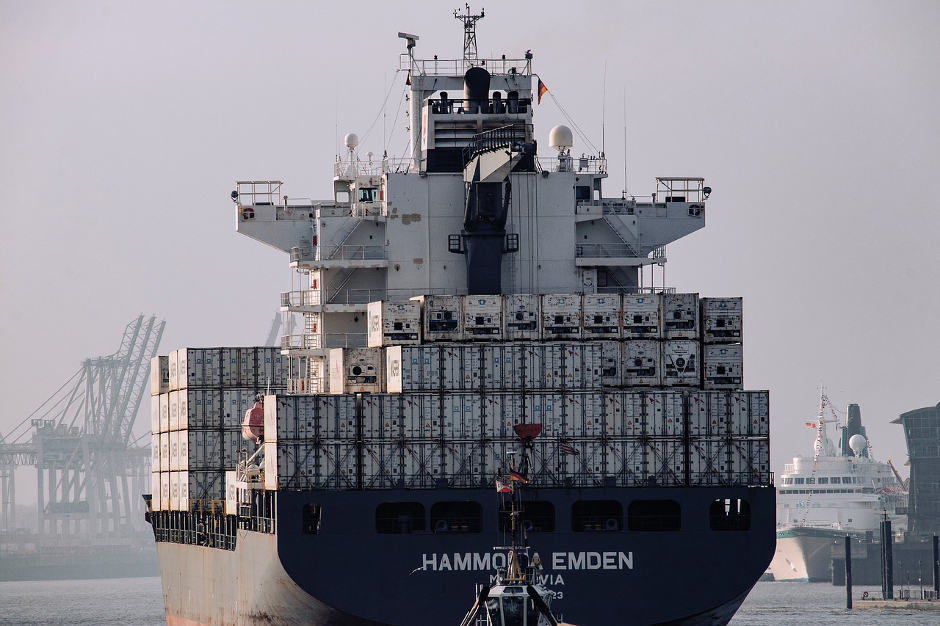
Now crew members could be immediately located during an emergency, thanks to a wireless mesh-based Internet-of-Things (IoT) system, developed by Norwegian maritime technology company ScanReach.
The In:Mesh system is based on a series of individual wireless nodes, placed in each room on board the vessel, according to John Roger Nesje, CEO at ScanReach.
Conventional Wi-Fi networks, which operate on a frequency of 2.4GHz, do not work well in the largely steel environment on board ships. Wi-Fi access points also require cabling, which is difficult and expensive to retrofit onto existing vessels, and can be damaged, said Nesje.
“We realised quite early on that we couldn’t rely on any system with cables, because during a fire the cables will burn, and during very many emergency situations power will be lost,” he said. “So we needed something that could still operate during an emergency situation, which meant something that was locally powered by battery, and completely wireless.”
Information flows through the wireless mesh in all directions, to and from each node, and up to a central computer, typically on the bridge, Nesje said.
Unlike Wi-Fi networks, the system operates at a sub-1GHz frequency, which can be transmitted much more effectively through steel.
Each crew member can be fitted with wearable tags, called In:Range, which can be used to locate them in an emergency, said Nesje.
“If you are in an emergency situation on board a large vessel, and you are mustering people…to stop and search for one missing person in such a huge space could take hours,” he said. “With our system, the captain can easily see where this crew member is located, and send the rescue team directly to their location.”
The wearable tag also has an alarm button that can be pressed in an emergency, he said.
What’s more, it is also possible to add a wide range of sensors to the mesh network, allowing it to detect everything from dangerous gas leaks, to temperature, humidity, vibration, noise and light levels, using a system dubbed In:Sense. In this way the network can create a map of the entire vessel, turning it into a smart ship, said Nesje.




Glasgow trial explores AR cues for autonomous road safety
They've ploughed into a few vulnerable road users in the past. Making that less likely will make it spectacularly easy to stop the traffic for...